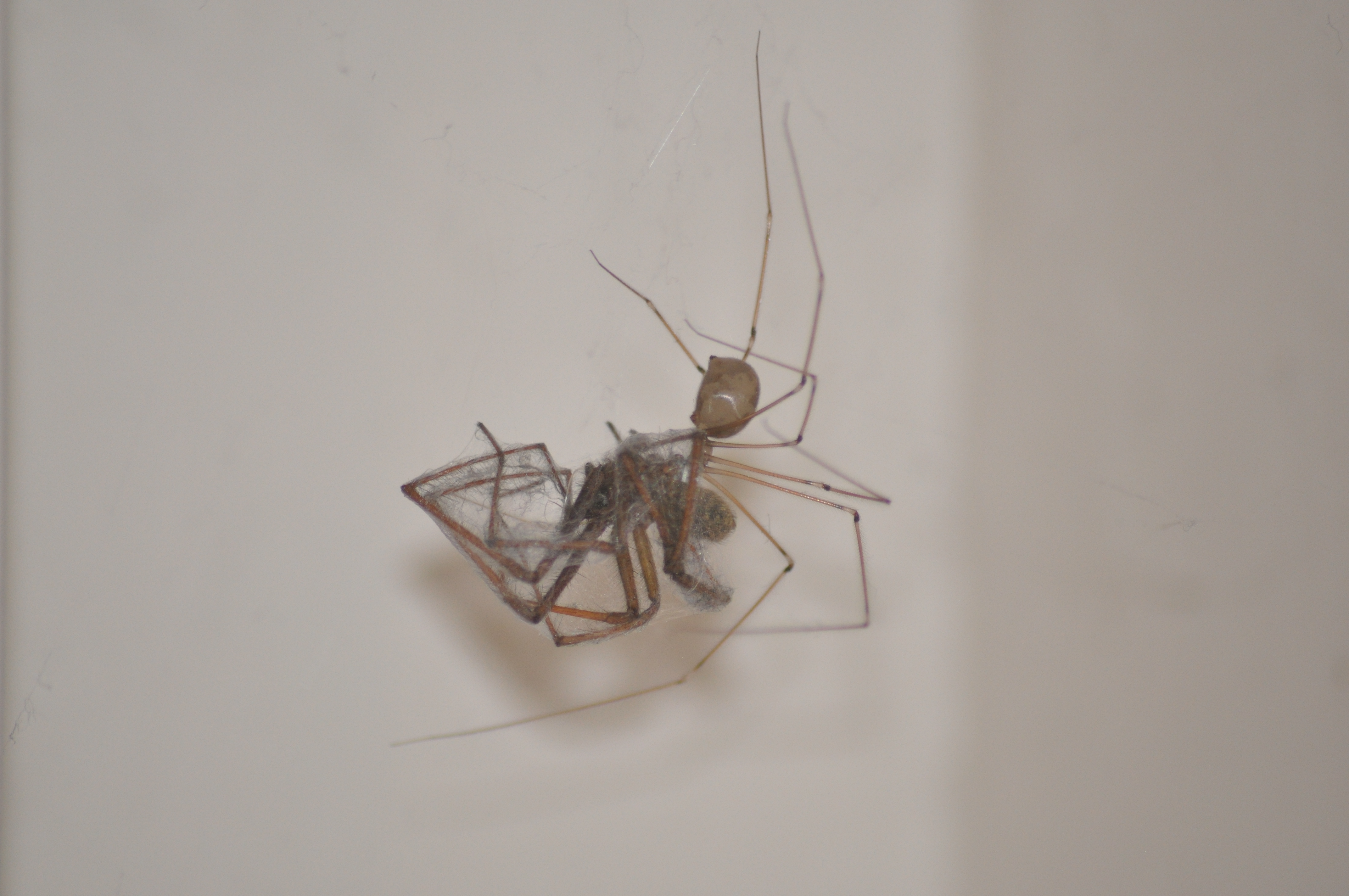|
Trichocyclus
''Pholcitrichocyclus'' is a genus of Australian cellar spiders that was first described by Ceccolini & Cianferoni, in 2022. Species it contains twenty-three species, found in Queensland, South Australia, the Northern Territory, and Western Australia: *'' Pholcitrichocyclus arabana'' (Huber, 2001) – Australia (Western Australia, Northern Territory, South Australia) *'' Pholcitrichocyclus aranda'' (Huber, 2001) – Australia (Western Australia, Northern Territory) *'' Pholcitrichocyclus arawari'' (Huber, 2001) – Australia (Western Australia) *'' Pholcitrichocyclus arnga'' (Huber, 2001) – Australia (Western Australia) *'' Pholcitrichocyclus balladong'' (Huber, 2001) – Australia (Western Australia) *'' Pholcitrichocyclus bugai'' (Huber, 2001) – Australia (Western Australia) *'' Pholcitrichocyclus djauan'' (Huber, 2001) – Australia (Northern Territory) *'' Pholcitrichocyclus gnalooma'' (Huber, 2001) – Australia (Western Australia) *'' Pholcitrichocyclus grayi'' (Huber, 2 ... [...More Info...] [...Related Items...] OR: [Wikipedia] [Google] [Baidu] |
Pholcidae
The Pholcidae are a family of araneomorph spiders. The family contains over 1,800 individual species of pholcids, including those commonly known as cellar spider, daddy long-legs spider, carpenter spider, daddy long-legger, vibrating spider, gyrating spider, long daddy, and skull spider. The family, first described by Carl Ludwig Koch in 1850, is divided into 94 genera. The common name "daddy long-legs" is used for several species, especially ''Pholcus phalangioides'', but is also the common name for several other arthropod groups, including harvestmen and crane flies. Appearance Pholcids are thin and delicate arachnids. The body, resembling the shape of a peanut, is approximately 2–10 mm (0.08–0.39 inch) in length, and the legs may be up to 50 mm (1.97 inches) long. ''Pholcus'' and ''Smeringopus'' have cylindrical abdomens and eyes arranged in two lateral groups of three and two smaller median contiguous eyes. Arrangements of eight and six ey ... [...More Info...] [...Related Items...] OR: [Wikipedia] [Google] [Baidu] |
